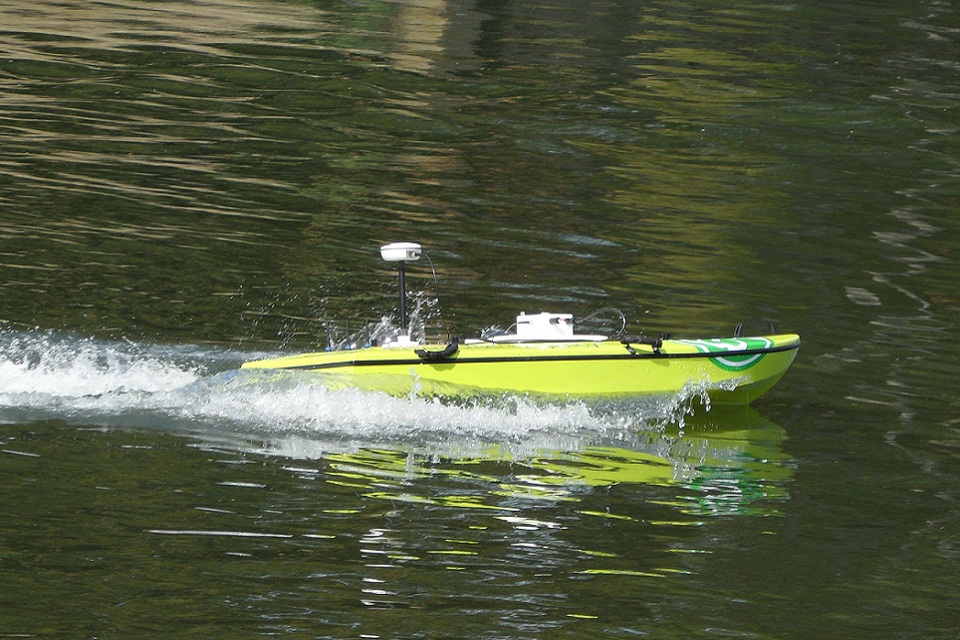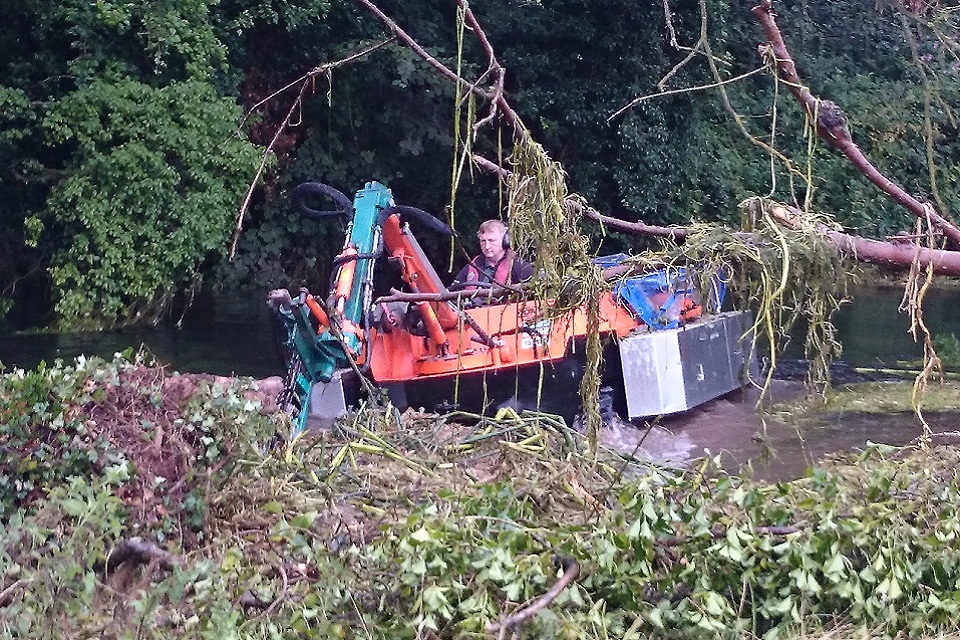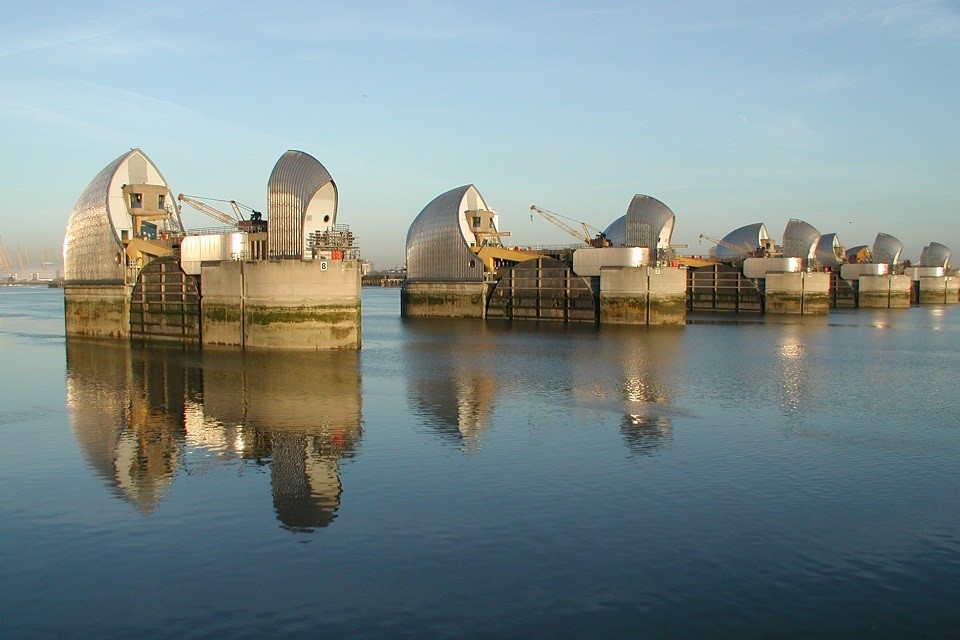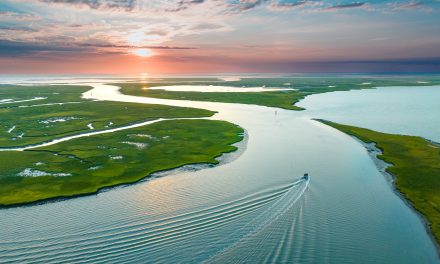
With lights for eyes and a camera for a nose, Mr. Nosey travels through underground tunnels a mile long. Image from the UK Environment Agency
The UK Environment Agency has revealed its armory of flood prevention technologies including lasers, solar-powered cameras, a gadget-laden incident vehicle, and a new remote-controlled robot called Mr. Nosey.
The Environment Agency is using Mr. Nosey to investigate causes of flooding that are out of reach, including blocked tunnels and underground culverts. Mr. Nosey fits into spaces as small as 127 mm in diameter, but weighs 30 kg to prevent it from being swept away in fast-flowing water. The robot uses the camera on his nose to inspect underground tunnels more than a mile long while sending real-time images to the surface. Using this imagery, Environment Agency staff can assess the damage or blockages below.
There are more than one million miles of culverts in England that can cause flooding to homes and businesses when blocked. Items found in culverts include old lawnmowers, children’s toys and Christmas trees.
The Environment Agency is investing in flood protection at record levels with an unprecedented 6-year commitment of £2.3 billion to better protect an additional 300,000 homes by 2021.
“We are making the most of new technology to help people prepare for potential floods,” said Environment Minister Rory Stewart. “From ultrasonic scans of riverbeds on remote controlled boats to robots scouring culverts, we are supporting communities.”
To prepare for flooding, the Environment Agency’s aerial survey team also is using lasers to map and scan the English landscape from above. This data is used for flood modelling and to track changing coastal habitats. The aerial survey team typically capture Light Detection and Ranging (LIDAR) data in the winter months when tree leaf cover is minimized.

An aerial image of London’s Tower Bridge captured using laser technology to map the landscape. Image from the UK Environment Agency
The agency also deploys acoustic remote-controlled boats. The boats are used on segments of the river that are too dangerous for people to access. They send out ultrasound pulses to collect information about river levels and help predict when flooding may occur.

ARC Boats use ultrasound pulses to collect data about how much water is flowing in rivers. Image from the UK Environment Agency
To prevent flooding, the Environment Agency’s amphibious weed-cutting boat trawls land and water, clearing overgrown weeds with a giant chainsaw to maintain the flow of rivers and prevent blockages. Its partner, the Robomower is a remote-controlled grass cutter used for the same purpose on steep grassed flood banks to keep grass and bushes to a minimum.

The amphibious weed cutting boat in action. Image from the UK Environment Agency
To respond to flooding, the Environment Agency opens its Incident Room. When flooding is about to happen, emergency response teams spring into action. The incident command vehicles are one of the first on the scene. The vehicles employ satellite communications to send live footage back to Environment Agency headquarters.
The Environment Agency also is helping to keep its public informed about potential flood risks. The agency recently installed solar-powered cameras at locations around the country to monitor water levels in crucial areas. The cameras are linked to Twitter. When residents have signed up for the service, they will receive alerts and photos via twitter that water levels haven risen significantly.

The Thames Barrier is a traditional flood defense and one of the largest movable flood barriers in the world. It protects more than £200bn of assets in London including half a million properties. Image from the UK Environment Agency.





